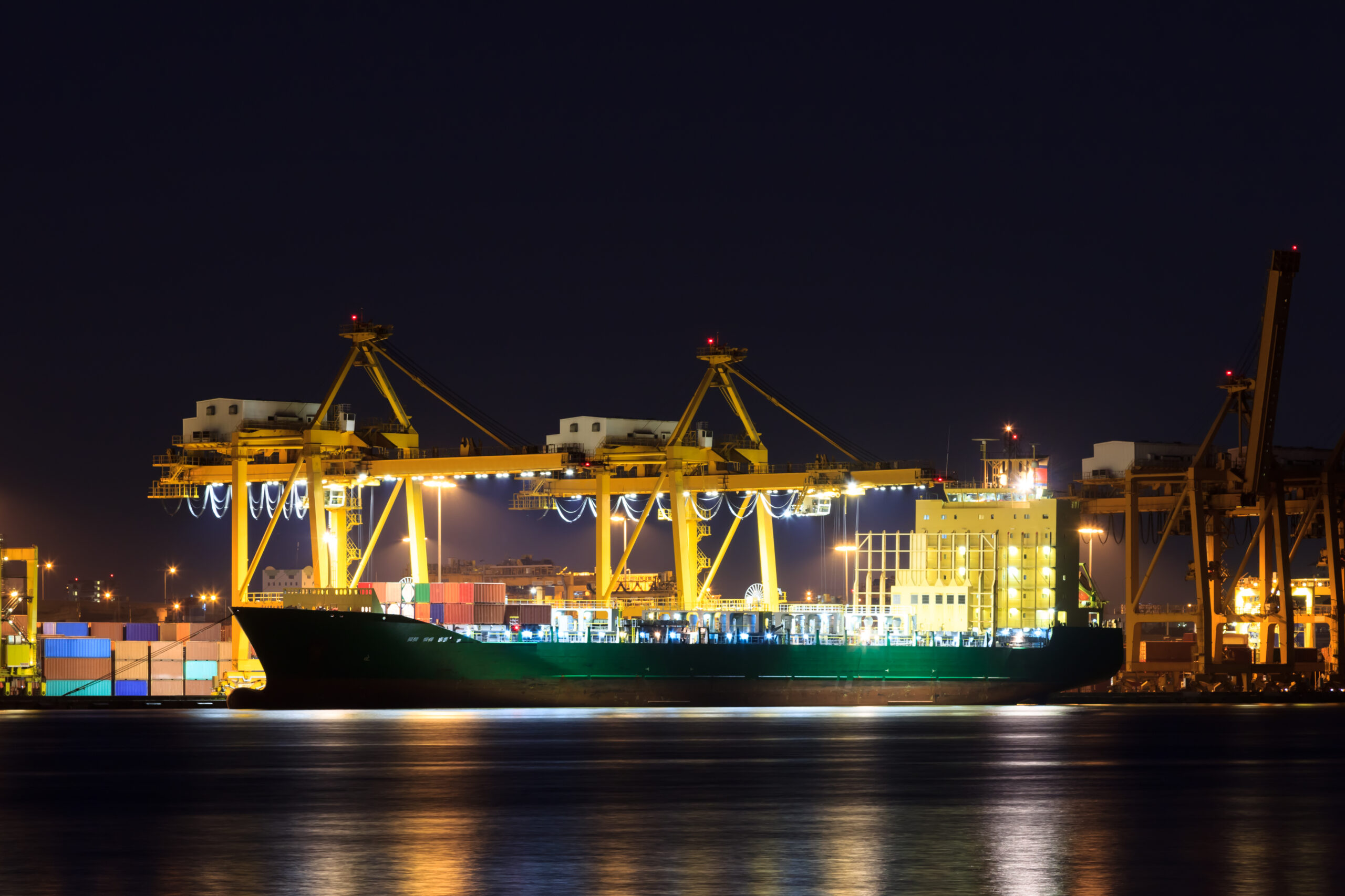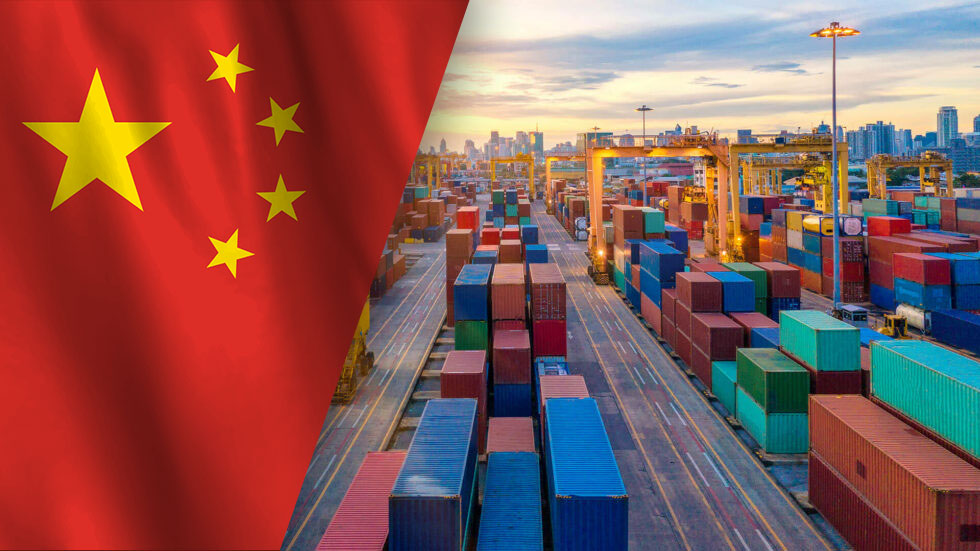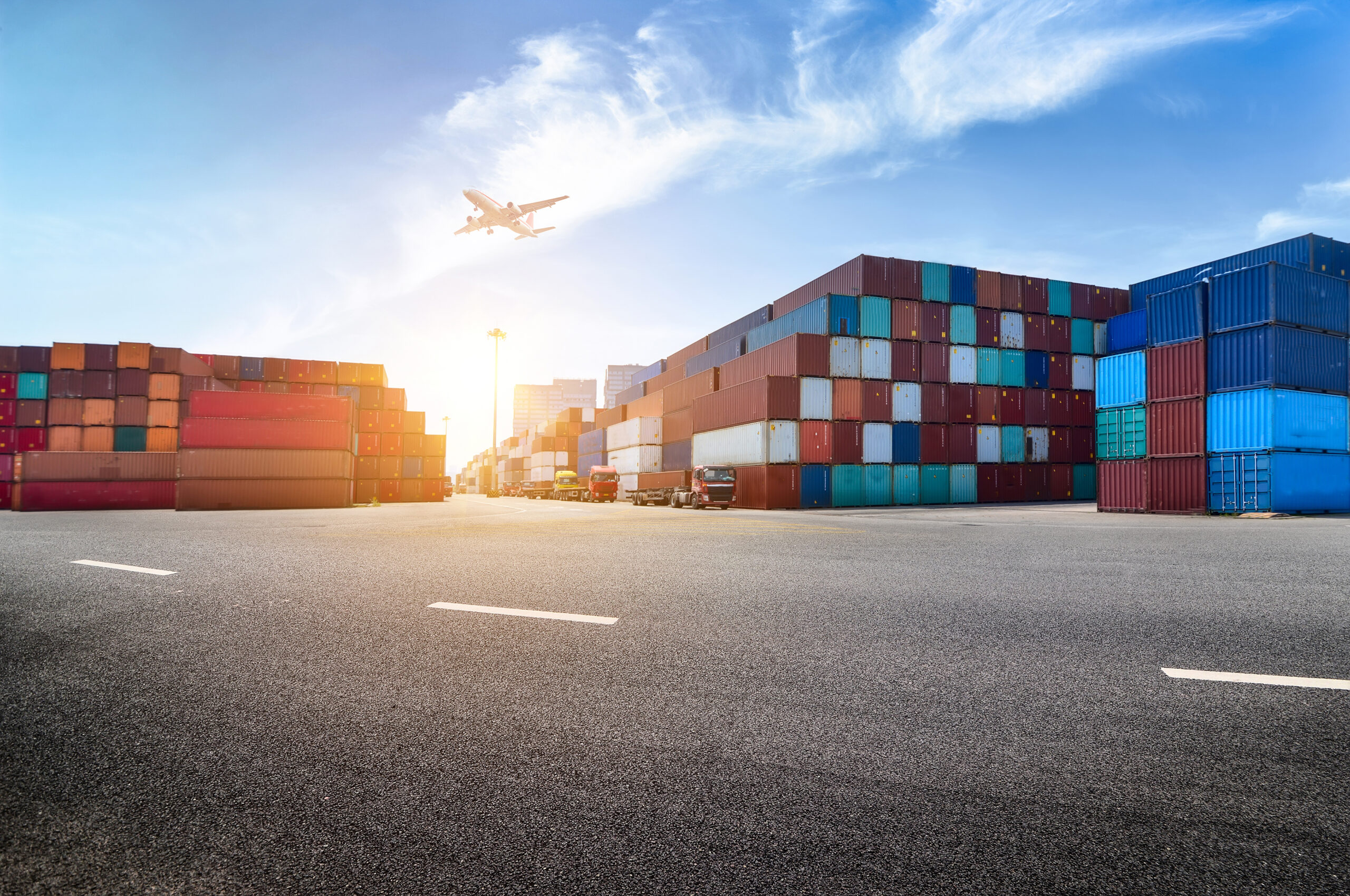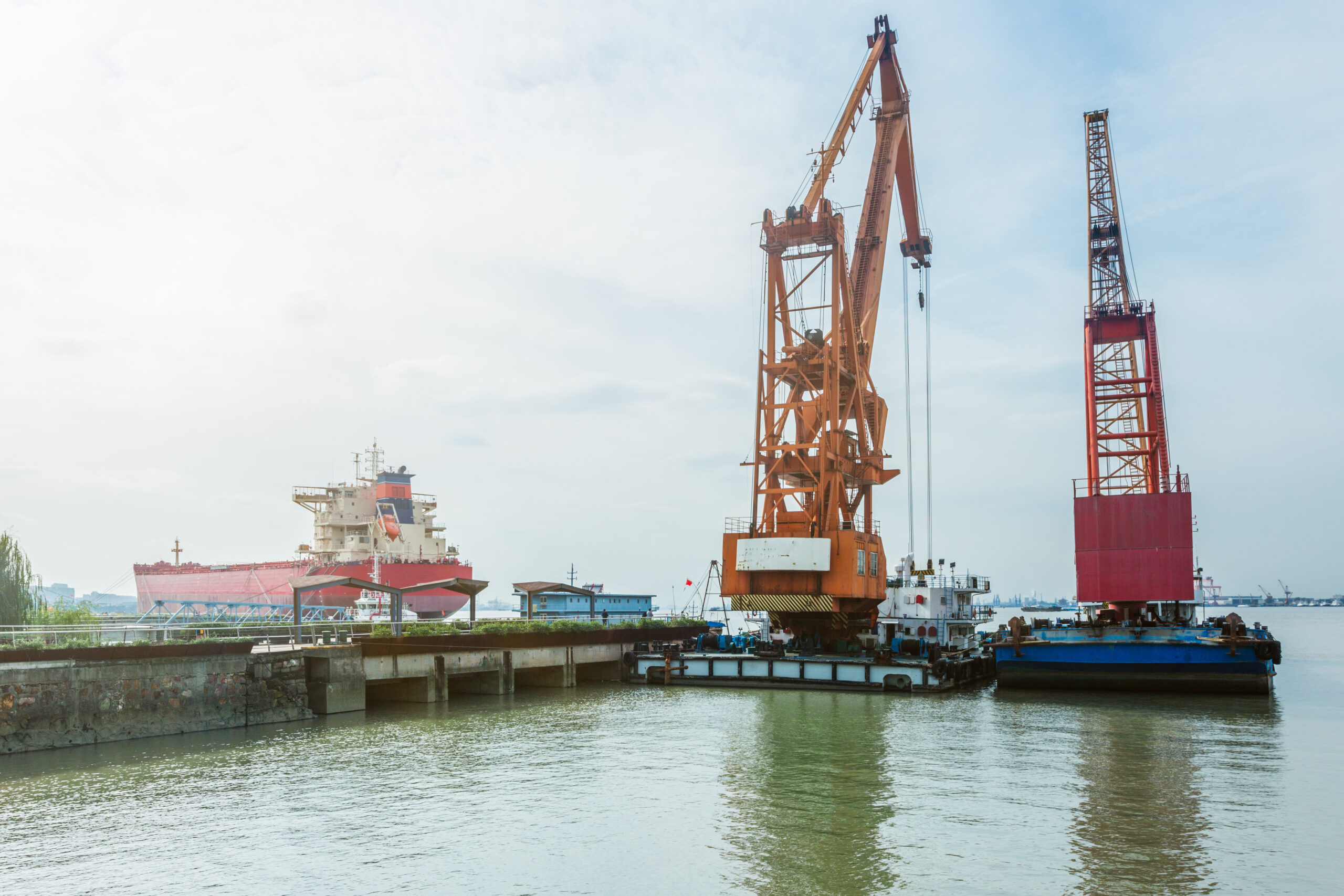This week:
- Air and rail demand from Asia to Europe sees a steep spike as analysts watch cargo volumes increase
- Trans-Atlantic ocean carrier surcharges delayed as carriers experience overcapacity and low demand
- US Southeast ports continue with upgrades to capture larger market shares of ultra-large container vessels
- US imports from Asia returned to pre-pandemic levels last year, but 2024 remains hard to predict
- Port of Wilmington eyes more dynamic role in supply chain with new transloading facility to open shortly
Asia-Europe Air and Rail Demand Sharply Rises as Shippers Avoid Red Sea Disruptions
Shippers on the Asia-Europe trade lane are quickly moving cargo away from ocean carriers and towards air and rail to avoid disruptions from the situation in the Red Sea. In the week ending January 14, air cargo volumes spiked 62% on the Vietnam-Europe route, a 16% year-over-year increase.
Demand for rail has also surged on the China-Europe network, which has seen reduced traffic since the start of the Russia-Ukraine war. Compared with this time last year, some rail operators are reporting as much as a 68% increase in rail requests along with a 43% increase in bookings.
The shifting demand towards air and rail can also be seen in current rates and freight times. With ocean carriers rerouting vessels around the southern tip of Africa, it can take 45-57 days for an ocean voyage to arrive, compared to approximately 14 days for rail. Ocean rates from China to Europe average between $4,500 and $5,500 per FEU, while rail rates are lower at $2,500-$3,000 per FEU.
Sign up to Receive JMR’s Supply Chain News Roundup, Delivered Directly to Your Inbox Weekly
Ocean Carriers Delay Trans-Atlantic Surcharges
Carriers such as Hapag-Lloyd are delaying additional rate and surcharge increases designed to cover the extra expenses of repositioning equipment and rising operational costs caused by Red Sea diversions. The price increase delays are due to ocean carriers having too much capacity on this lane, combined with lowered demand.
Hapag-Lloyd’s contingency surcharge of $500/TEU from North Europe and the Mediterranean to North America has been postponed from January 21 to February 1. On the same trade routes, CMA CGM delayed their $300/TEU increase from February 1 to March 1.
In addition to the longer ocean transit times, US import demand from North Europe is still falling. Last December was almost 10% lower year-over-year and was the 11th consecutive month to see falling volume rates compared with 2022 volumes.
US Southeast Ports Are Upgrading to Handle Ultra-Large Container Vessels
US Southeast ports are preparing for a switch in freight sources as many shippers have begun moving long-term contracts from China to India and Southeast Asia. This change in the supply chain will rely on sending ships through the Suez Canal, and the US Southeast will be well-positioned to capitalize on it.
The Port of Savannah has already reopened its Garden City Terminal’s Berth 1 after two years of being closed, allowing for additional ultra-large container ships. This year, the Georgia Ports Authority (GPA) will begin work on a fourth berth and additional rail yard at the Port of Brunswick with plans to make this the country’s largest roll-on/roll-off port.
Additionally, the Port of Savannah will open an additional 100 acres for import and export container storage, while the Port of Virginia is finishing renovations at the Norfolk International Terminal’s rail yards before beginning the dredging of Norfolk Habor.
US Imports from Asia for 2023 Approached Pre-Pandemic Levels, but 2024 Remains Uncertain
US import volumes from Asia last year fell roughly in line with 2019 levels, with a 13% drop compared with 2022. While US ports will be able to handle a return to pre-pandemic shipping volumes, the impact of the Panama Canal drought and the situation in the Suez Canal and Red Sea are complicating projections for this year. Both of these challenges to the supply chain could see additional discretionary cargo moved to the US West Coast and away from East and Gulf Coast ports.
2023 imports from Asia for 2023 totaled 16.2 million TEU, a figure closer to 2018’s 16.4 million and 2019’s 15.9 million rather than 2022’s volume of 18.7 million TEU.
Transportation analyst Larry Gross predicts that even with volumes falling back in line with 2019 trends, a discretionary cargo shift, particularly towards Los Angeles and Long Beach, could see port congestion and disruption this year. The Ports of Los Angeles/Long Beach currently hold 32% of the US import share, which could increase to 35% or above if the Suez and Panama Canal diversions continue.
Another factor that could drive additional volumes West is the current employment contract negotiations along the US East and Gulf Coasts involving waterfront employers and the International Longshoremen’s Association (ILA). With the current labor contract expiring September 30, shippers will likely start rerouting cargo if negotiations look like they will result in port and supply chain disruptions.
Port of Wilmington Eyes New Business with Plans for Additional Trans-Loading Facility
The Port of Wilmington in North Carolina is encouraging shippers to begin using it as a strategic long-haul drayage gateway as drayage and logistics provider PortCity works on a new on-terminal transload facility. The new 25,000-square-foot facility is scheduled to open at the end of March.
The additional transloading facility would provide shippers with additional freight options, avoiding some long-haul drayage from Wilmington and reducing customer transportation costs. PortCity is also investing $25 million in an additional 150,000-square-foot cross-dock warehouse less than one mile from the port.
(Image source: Albert Stoynov | Unsplash)






